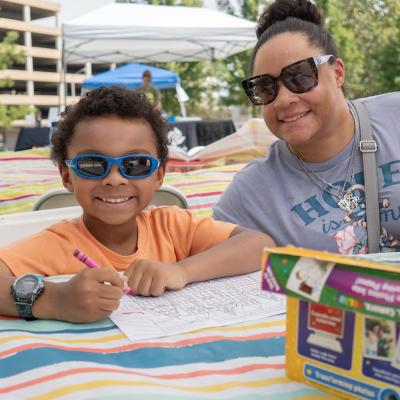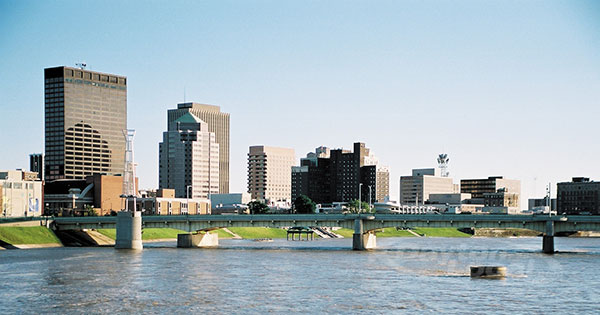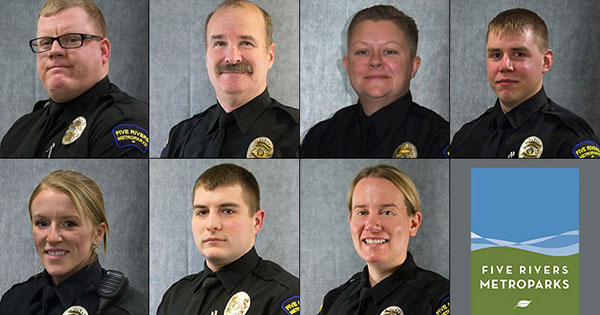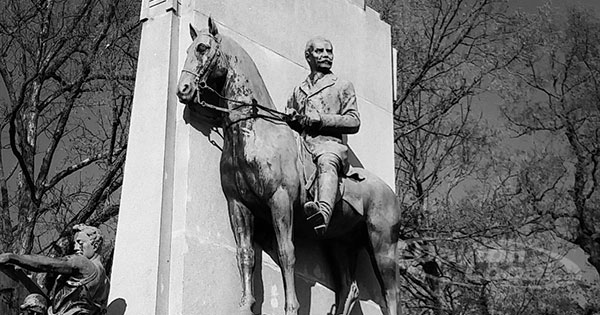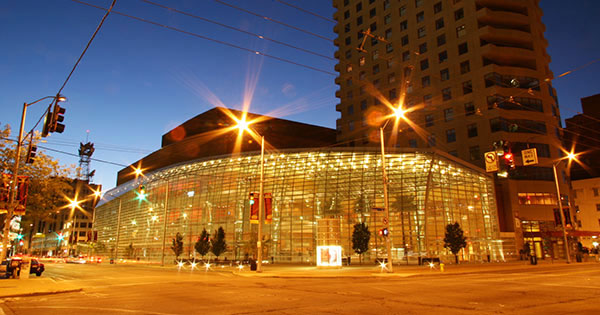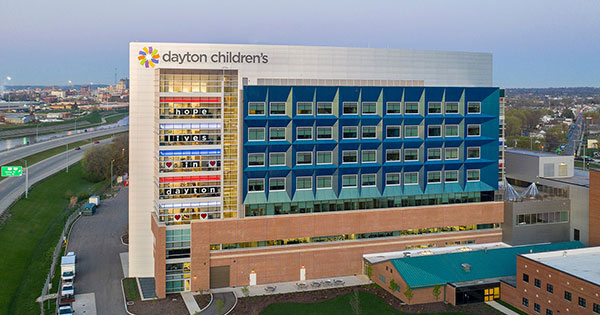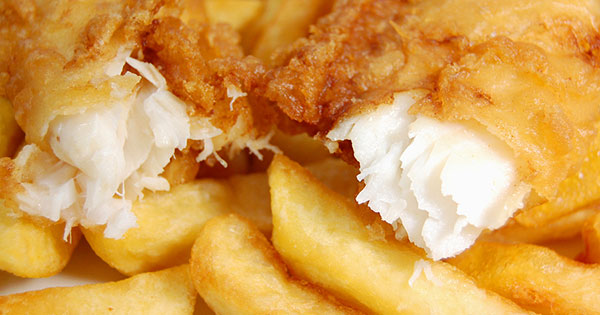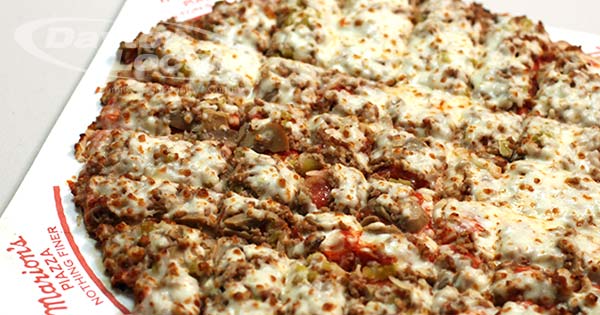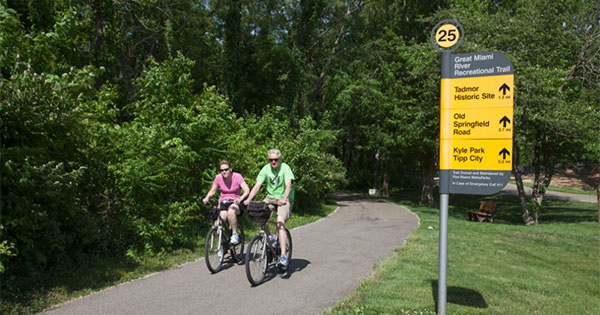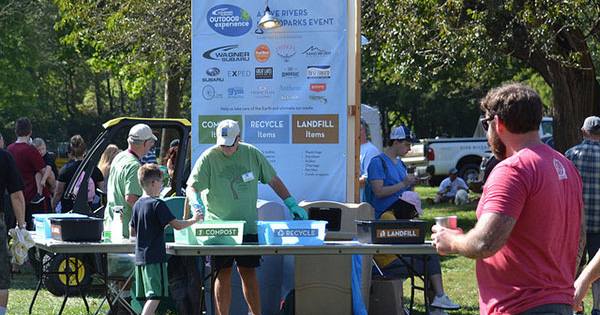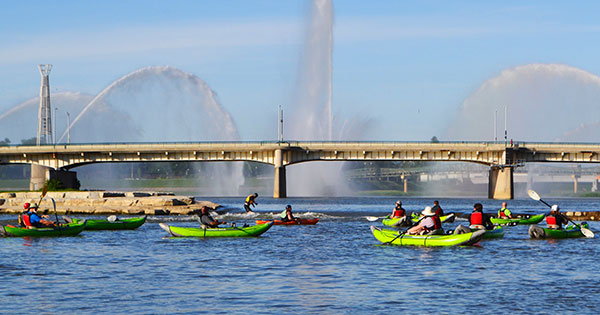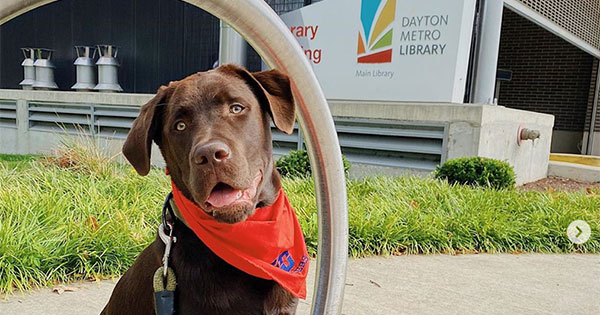Ingenuity soars above Mars holding piece of Wright brothers' first airplane
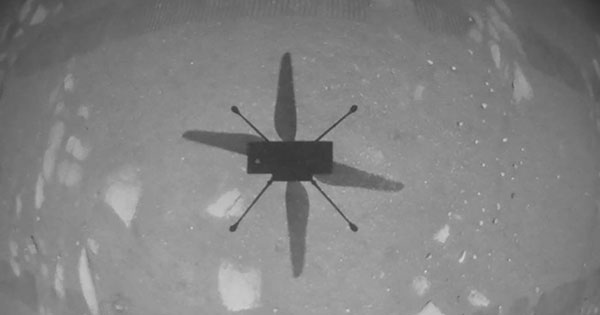
Almost 173 million miles away from Earth, NASA's Ingenuity helicopter took flight over Mars this morning, holding a small piece of fabric from the wing of the 1903 Wright Flyer.
Ingenuity soars above Mars holding piece of Wright brothers' first airplane

Wilbur and Orville made the first controlled, sustained flight on Earth of a powered, heavier-than-air, piloted machine on December 17, 1903. This morning, April 19, 2021, Ingenuity became the first heavier-than-air aircraft to make the first powered, controlled flight on another world.
NASA’s Ingenuity helicopter took to the Martian skies this morning, hovering 10ft above the red planet's surface this morning, before touching back down. Neatly tucked away underneath the helicopter is a swatch of fabric from the wing of the Wright Flyer I, the plane used by Wilbur and Orville Wright for their first successful flight in 1903.
News of the successful flight was met by cheers and applause at mission control, as NASA received an image of the helicopter in flight and a video from the Rover showing the helicopter hovering.
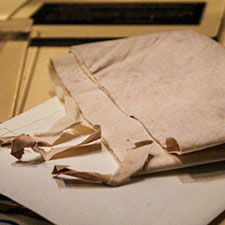
"We can now say that human beings have flown a rotorcraft on another planet," said a delighted MiMi Aung, project manager for Ingenuity at Nasa's Jet Propulsion Laboratory in Pasadena.
"We've been talking for so long about our Wright Brothers moment on Mars, and here it is."
Ingenuity made the 300 million-mile trip to Mars aboard the Perseverance rover. The small piece of fabric from the wing of the 1903 Wright Flyer, which was donated to the agency by Carillon Historical Park, is wrapped with tape around a cable located underneath the helicopter’s solar panel.
"Carillon Historical Park is delighted to play a small part in this momentous occasion," said Brady Kress, President of Dayton History and Carillon Historical Park. "Our mission includes ‘inspiring the world.’ We hope this partnership with NASA helps do just that – inspiring our world by reaching beyond it."
NASA contacted Dayton History in 2019 to explore how the Wright brothers could be a part of the first flight on the red planet. They needed something that really would not add any weight to the helicopter, which needed to weigh less than four pounds. The wing fabric was a perfect choice.
This is not the first time the Wright Brothers’ legacy has been honored through NASA. In 1969, the Wright family gave Neil Armstrong a piece of the 1903 flyer fabric to take with him to the Moon. In 1998, Carillon Park and the family gave John Glenn, the first American to orbit the Earth, a piece of the fabric to take with him on his flight in the Space Shuttle.


